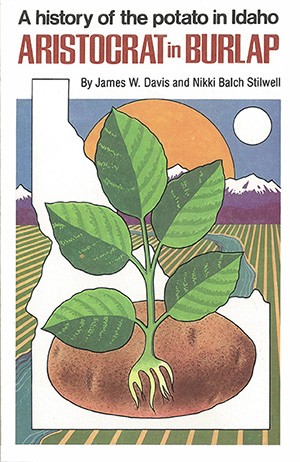Following the war, Simplot enterprises became more diversified and J. R. Simplot moved his offices to Boise, Idaho, 27 miles from the Caldwell plant. It was during this period of time that staff members in Caldwell began developing products for the postwar consumer and experimenting with production line techniques for producing them.
Although postwar dehydrated-potato products have assumed an important place in both consumer and institutional distribution, it is frozen potato products that have captured the imagination of the American public and truly revolutionized the use of potatoes. Jack Simplot stated that his initial reaction to the idea of freezing potatoes was that they would turn to water. Freezing of other vegetables, however, was underway by the time Ray Dunlap made his first tests with potatoes. The secret proved to be precooking or blanching, which stabilized the potatoes and made it possible to freeze them to be thawed out later without breaking down the cellular structure.
The first Simplot experiments involved simply boiling French-cut potato strips and freezing them. These strips could be satisfactorily frozen, thawed, and cooked in a French fryer, but they did not have the necessary convenience factor. When Dunlap hit upon the idea of blanching, deep-fat frying, and freezing the strips, he had solved the basic problem with the frozen French fries.
In the late 1940s and early '50s, most housewives did not have a deep-fat fryer as part of their kitchen equipment. The advantage of Dunlap's potato was that it could be removed from the carton, spread on a piece of aluminum foil or cookie sheet, and heated in the oven. Although the oven-reconstituted French fries were not as good as those heated in a deep fryer, they were of satisfactory quality to be acceptable to the housewife and her family.
When sales efforts were turned to the restaurant and institutional market, the problem of reconstitution was much simpler since most commercial eating establishments already had a French fryer. The advent of frozen French fries greatly increased the capacity of this equipment since it took only approximately three minutes to heat up frozen French fries from the icy state as compared to the 15 minutes required to cook raw potato strips and get them ready for serving. A piece of deep-frying equipment could then put out five times the volume during busy times of the day, and the quality was significantly better than preparation from raw strips.

